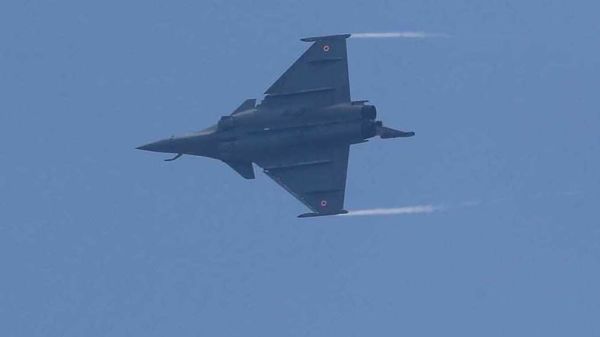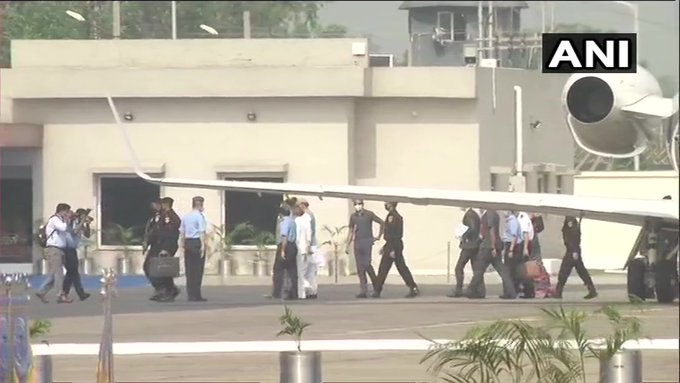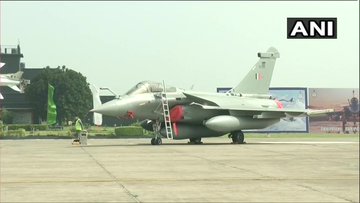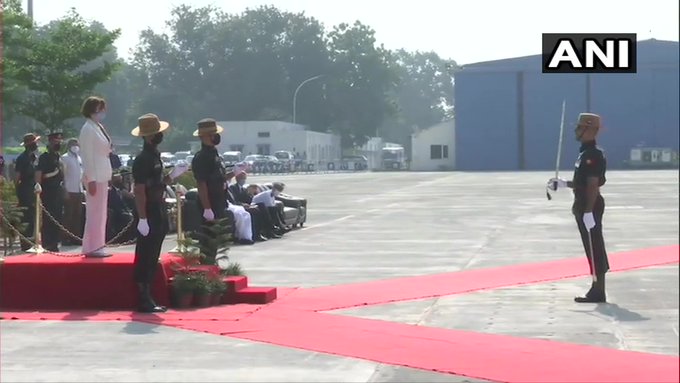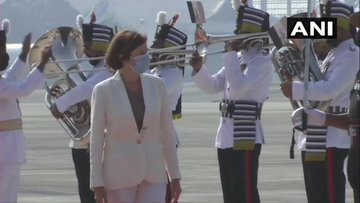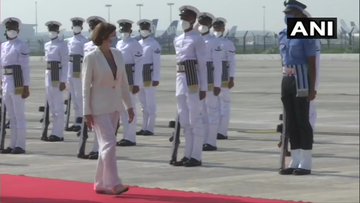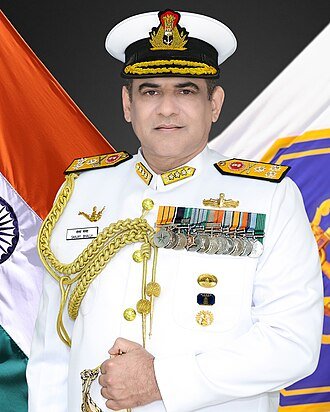
The arms and ammunition recovered from Uri.
Tribune News Service
Srinagar, September 10
Security forces have made a second major recovery of arms, including M-16 rifles, in Kashmir since Tuesday evening.
The latest recovery was made at Dulanja village along the Line of Control in the Uri sector of north Kashmir’s Baramulla district.
‘IED’ defused, 2 Jaish militants arrested
- Security forces on Thursday detected and defused a suspected improvised explosive device (IED) in north Kashmir’s Sopore sub-district.
- The suspected explosive device, officials said, was detected along the Baramulla-Handwara highway.
- Two Jaish-e-Mohamamd militants were arrested in north Kashmir’s Kupwara district.
- The two were identified by the police as Waseem Irshad Gabroo of Arampora, Sopore and Mehraraj Ud Din Wani of Badshah Masjid, Sopore.
A senior police officer said the recovery of arms at Dulanja village in Uri was made following a specific input that arms and ammunition were dumped in the area to “fuel violence in the Valley”.
“Following an input, a joint operation was launched by the police and Army on Wednesday. The search continued through the day, culminating in the recovery of arms and ammunition. The recoveries included two M-16 Rifles, its four magazines, two pistols and four magazines,” a senior police officer said.
A case has been registered.
This is the second recovery of arms in the last two days in Kashmir. On late Tuesday two local Jaish-e-Mohammad overground workers were arrested near the Jawahar tunnel at Qazigund in south Kashmir. They were transporting arms in a truck from the Jammu region. The recovery also included a US-made M-4 rifle and six pistols. The police have constituted a special investigation team (SIT) to probe the case.
Sources said the initial investigation had revealed that a militant associate was in contact with an active militant in Pakistan to ferry arms in the truck.
“The militant associates collected arms from Samba on the intervening night of September 5 and 6 and moved towards the Kashmir valley. On September 8, at around midnight, they were apprehended after discovery of weapons during a search of the truck,” they said.
















